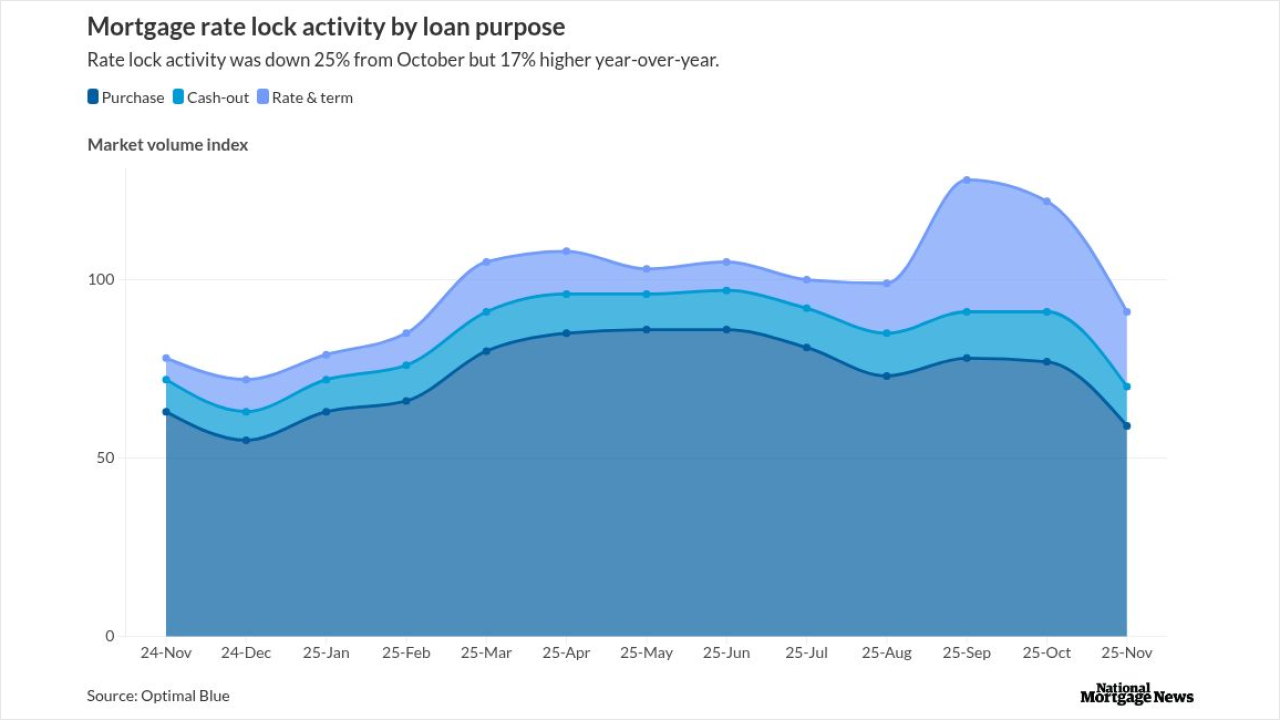Concord Music Group, through its parent Alchemy Copyrights, is preparing to manage a $1.7 billion securitization of royalties from a music catalog of pieces from more than one million artists and songwriters, including Creed, R.E.M and Phil Collins.
The current transaction, Concord Music Royalties, series 2025-1, 2025-2 and 2025-3 will use its proceeds to repay $1.7 billion from the outstanding series 2022-1 notes and fund other general corporate purposes. The underlying music assets are a mix of artists, vintages and regions, with more than one million compositions, master recordings and assets related to the music, according to Kroll Bond Rating Agency.
Atlas SP securities is the manager of the deal, which is slated to close on July 31, according to the Asset Securitization Report.
The series 2025-1, 2 and 3 will issue four tranches. The series 2025-1 notes will come to market through the A1 and A2 tranches, which have a final maturity of January 2069 and July 2075, respectively, KBRA said. The series 2025-2 and 2025-3 notes both have a July 2075 final maturity date.
All notes received an A+ rating from KBRA. Analysts at Moody's Ratings assigned an A2 to all the tranches of notes.
The A1 tranche from the 2025-1 is the only one that will issue floating-rate notes, while the rest of the transaction will issue fixed-rate notes, the rating agencies said.
One of the deal's credit strengths, according to Moody's Ratings, is a large and diversified portfolio of assets. The long list of artists includes Carrie Underwood, and most of the music rights are more than 10 years old, lending to the portfolio's more predictable cash flows.
Recorded music royalties account for about 60% of the portfolio's assets, and 40% comes from publishing royalties, Moody's said. Also, the portfolio's performance relies less heavily on Concord Music Group's actions as the manager, Moody's said. Also, the assets derive their intrinsic value from public preference. And in an era where audiences consume much of their music online, music companies can see continued revenue growth, another positive credit aspect.
The deal's structure includes overcollateralization, a debt and a contingent liability reserve account.
There are also two triggers, one contingent on the assets' debt service coverage ratio (DSCR) and another related to the deal's loan-to-value ratio. If the DSCR triggers breaches in one series, it will automatically do so in the others as well, setting off rapid amortization.
For the loan-to-value cash sweep trigger, the transaction will make principal payments on the notes until the notes are back in alignment with the 60% LTV ratio.




